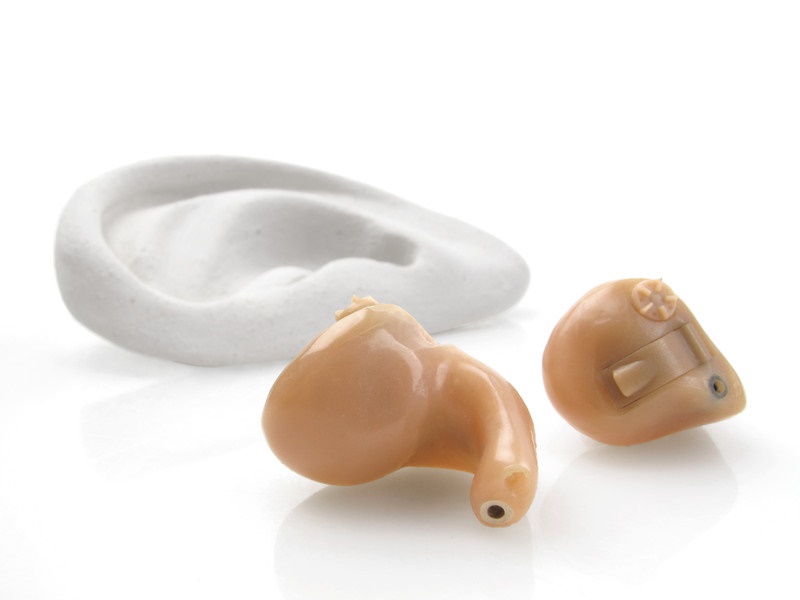
Are two hearing aids better than one?
If you’re looking for the short answer, then yes, almost all cases of hearing loss are best managed with two hearing aids.
If you want to learn why, or are wondering about why we have two ears in the first place, then keep on reading.
The Advantages of Stereoscopic Vision
Let’s start with eyesight.
When we view an image, each eye receives a slightly different copy of that image. Our brains then calculate the differences between the two copies to construct the perception of depth. This additional dimension of depth—in combination with height and width—makes it possible for us to experience the world in three dimensions.
If we had just one eye, our capacity to perceive depth and distance would be significantly compromised.
The benefits of Binaural Hearing (Hearing with Two Ears)
The same phenomenon applies to our ears and our hearing. Even though we might not think about it, when we hear a sound, we can generally judge both its distance and its location, in addition to its volume.
Each ear receives a slightly different version of each sound, and those variations are interpreted by the brain in a way that indicates location and distance. This permits us to hear in three dimensions, so that we know how far away and which direction sound is coming from.
On top of being able to evaluate depth, distance, and location, having two ears also heightens the quality of sound and enhances the range of sounds you can hear.
To check the concept of sound quality, the next time you’re listening to music in the car, turn off both left speakers and notice how unnatural it sounds.
The Benefits of Two Hearing Aids
If our eye doctor tells us that we have vision impairment in both eyes, we don’t seriously consider the benefits of getting fitted with one lens.
So when our hearing specialist tells us that we have hearing loss in both ears, why do we need to be convinced to get fitted with two hearing aids?
As we’ve seen, our ears work together so that our brains can best decipher the distance, location, volume, quality, and range of sound.
With the capacity to determine the exact location of sound from the use of two hearing aids, you’ll have the ability to:
- focus on speech during a discussion even with heavy background noise.
- identify specific voices among many.
- enhance the range of sounds heard by up to four times.
- hear sounds without straining, which is less exhausting.
- listen to sounds without the abnormal feeling of monaural hearing (hearing with one ear).
- Avoid the deterioration of hearing in the non-fitted ear.
That last point is significant. If you have hearing loss in both ears but wear only one hearing aid, your hearing in the non-fitted ear can become worse over time. This will promptly limit your ability to enjoy all of the benefits just explained.
If you think you have hearing loss, the initial step is to arrange a hearing test with an experienced hearing specialist. Shortly after your hearing is tested, your hearing specialist will discuss the results with you in a chart known as an audiogram.
The audiogram will reveal to you if you have hearing loss in one or both ears, but the majority of cases of hearing loss are in both ears.
If this is the situation, your hearing specialist will most likely recommend binaural hearing aids for both ears, and you’ll be offered the opportunity to try them before you buy—which is a great opportunity to test for yourself the difference two hearing aids will make.
